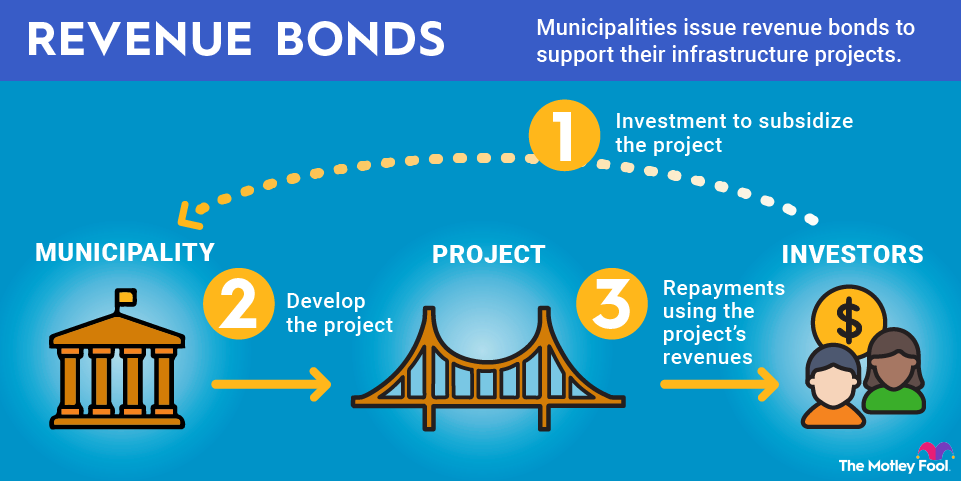If you follow the software industry, you've probably heard talk of the Rule of 40. This is a shorthand rule of thumb for assessing whether a software-as-a-service (SaaS) business is investable.

What does the Rule of 40 mean in SaaS?
The Rule of 40 refers to the sum of a company's revenue growth and its free-cash-flow margin, or a similar profitability metric, such as its earnings before interest, taxes, depreciation, and amortization (EBITDA) margin.
If the number is above 40%, the company is considered healthy and worth investing in. For example, if a company has 20% revenue growth and a 20% free-cash-flow margin, someone using this metric would consider investing in the business.
Notably, a software company can reach the Rule of 40 by having strong revenue growth and a negative free-cash-flow margin, or it can be a slower-growing company with a strong free-cash-flow margin.
Many software companies rely on stock-based compensation to boost free-cash-flow margin or adjusted EBITDA. This makes the Rule of 40 target easier to achieve than it would be if generally accepted accounting principles (GAAP) numbers were used.
Where does the Rule of 40 come from?
The Rule of 40 was popularized by venture capitalists Brad Feld and Fred Wilson, who described the concept in blog posts in 2015. The pair learned about it in a board meeting from another investor, who used it to gauge software start-ups.
At the time, the Rule of 40 was understood to apply to start-up firms rather than publicly traded companies, which could be more easily valued by the market. But publicly traded software stocks have also adopted the Rule of 40 as shorthand for success. Achieving the Rule of 40 means that a business is delivering strong growth, strong profitability, or a good balance of both.
The rule caught on because it neatly sums up the balance between growth and profitability that start-ups and software stocks must navigate to be successful. Some companies with rates higher than 40 will use phrases like the Rule of 50, 60, and so forth to demonstrate the strength of their businesses.
Is the Rule of 40 useful?
The Rule of 40 is a good rule of thumb for determining whether a software business is delivering a good mix of growth and profitability. However, it shouldn't be the only criterion you use to decide whether to invest in a stock.
The rule can be dangerous if a business focuses too much on hitting one number. For instance, free-cash-flow margins can be boosted by using excessive share-based compensation or by delaying capital expenditures so they can hit a certain number for investors. Capital expenditures tend to be minimal for software businesses, but there are other tricks they can use to inflate free cash flow in a given quarter.
Overall, the metric is useful, but investors should consider other financial metrics, such as GAAP profitability, which can differ substantially from free cash flow.
Related investing topics
What's an example of the Rule of 40?
One company that offers a good example of the Rule of 40 is Palantir (PLTR +4.21%). Palantir is a highly valued software company focused on data fusion and analytics for government agencies and commercial businesses. It often touts the Rule of 40 in earnings reports and calls.
As the business has performed well with both margins and revenue growth increasing, its Rule of 40 score has climbed higher. In the first quarter of 2025, Palantir reported revenue growth of 39%, and its free-cash-flow margin improved to 42%. Management opted to use an adjusted operating margin of 44% to give it a Rule of 40 score of 83%, as CEO Alex Karp had touted in the earnings release.
That offers one explanation for why Palantir stock has done so well. Consider the Rule of 40 the next time you look at a software stock. While it's not the only factor that should determine whether you buy a stock, it's a good starting point for analyzing SaaS stocks.



















